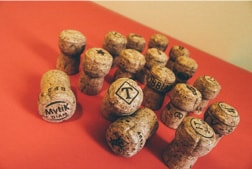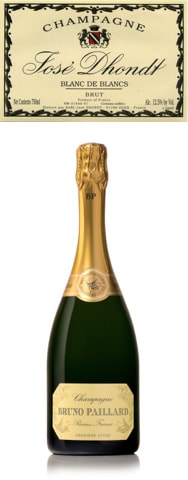WINE BLOG

Champagne and why you might want to age it

The first challenge is to estimate the number of bottles you might consume in a year. There are probably 6-10 special occasions a year in most households. Birthdays, holidays, anniversaries and the occasional Oscar party should be a starting point. Some of these events are celebrated by a few people the rest might need a couple bottles to make it work. Unless you are a complete Champagne nut 12-14 bottles per year would be a great start. A magnum once in awhile could be fun as well.
The second challenge is keeping track of the bottles. Non vintage is exactly that, no vintage is stated on the bottle. This means you need to figure out a way to keep track of your bottles. If you mark the purchase date on the back label with a marker you can at least drink the ones with the oldest purchase date first. Even better would be to focus on buying Champagne with Lot numbers IE Jacquesson, which can be purchased at Marquis Wine Cellars in Vancouver is at the head of the class when it comes to full disclosure of vineyard source, grape variety and predominant vintage.

The third challenge is to figure out the style of Champagne you like. Generally the Champagnes that contain Pinot Noir are a bit softer and gentler and the Chardonnay dominant Champagnes are a bit brighter with a little more obvious acidity. While my personal preference is for lower acid I like to have the Chardonnay dominant bottles with age. Jose Dhondt comes to mind as an example of the Blanc de Blanc style with a little more acid for aging.
If you want to take a more interesting path to trying Champagne you might want to explore the concept of Grower Champagnes. These are single vineyard, estate made and grown bottles. The big names make great presents but if you find a well made grower Champagne it can be a thing of beauty. Pierre Paillard at BC Liquor Stores is another one to look for.
For personalized advice I can always be reached at davidlancelot@winecellardepot.com
David Lancelot
